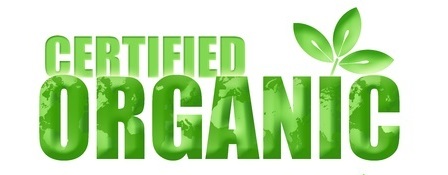 It’s easy to forget that many active ingredients—found in anti-aging creams, acne treatments, peels, and more—are surprisingly fragile. It’s only a matter of time until oxygen and heat render them useless. Here’s a guide through the various expiration dates.
It’s easy to forget that many active ingredients—found in anti-aging creams, acne treatments, peels, and more—are surprisingly fragile. It’s only a matter of time until oxygen and heat render them useless. Here’s a guide through the various expiration dates.
ANYTHING IN AN AMPOULE
Toss after: One day, since formulas packaged in these single-use tubes typically contain vitamin C or E or other ingredients that oxidize upon exposure to air.
HYDROQUINONE CREAMS
Toss after: They turn brown (usually around the two-month mark). Choose products in an airtight pump and store them in the fridge, which will add another month to their life span.
SWIPE-ON PADS (GLYCOLIC PEELS, ACNE TREATMENTS)
Toss after: Two months, unless they’re packaged individually—by then most will start drying out.
 PEELS AND MASKS
PEELS AND MASKS
Toss after: Three months. At that point their buffering agents can start to evaporate, making active ingredients such as glycolic and fruit acids more potent (and irritating).
ACNE PRODUCTS
Toss after: Four to six months. Benzoyl peroxide and salicylic acid, two of the most common pimple fighters, decay quickly. Keep them in the refrigerator for maximum potency.
RETINOID CREAMS
Toss after: Nine to 11 months, when their collagen-producing power starts to conk out.
 SUNSCREENS
SUNSCREENS
Toss after: One to two years—it varies, so check the expiration date on your tube. Wechsler suggests keeping sunscreen in a cooler when at the beach and trashing any tube that’s been left sitting in a hot car.
MOISTURIZING CREAMS
Toss after: One year. Though a plain moisturizer without anti-aging ingredients will last well past this mark, you can contaminate it by dipping repeatedly into the jar.
GRAINY SCRUBS
Toss after: Two years. These hearty exfoliants are made of virtually indestructible materials, but an open tub will still become a breeding ground for bacteria over time.





